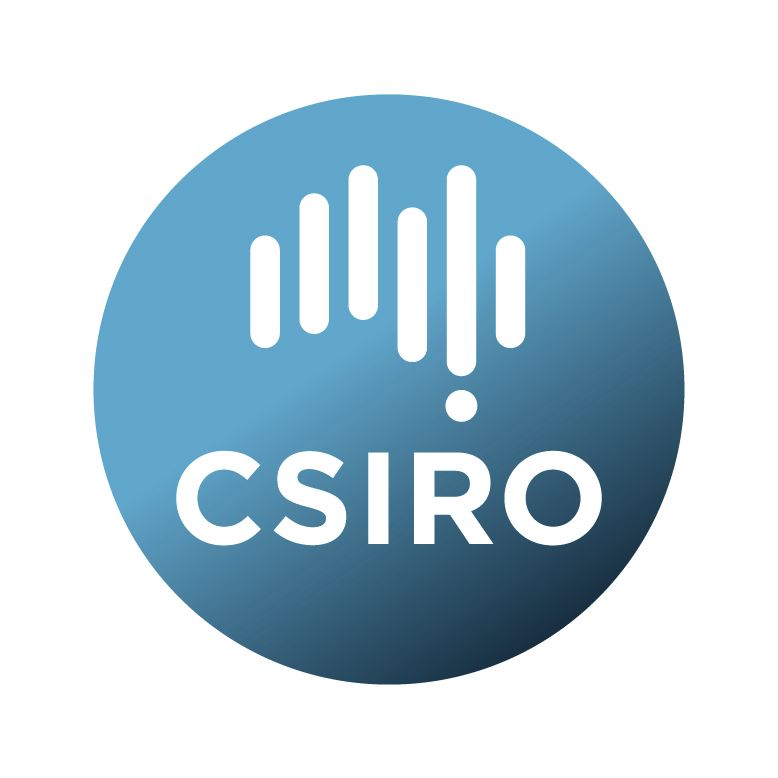Brief description
This is Version 1 of the Soil Coarse Fragments product of the Soil and Landscape Grid of Australia.The Soil and Landscape Grid of Australia has produced a range of digital soil attribute products. This product contains six digital soil attribute maps for each of three depth intervals, 0-5cm, 5-15cm, 15-30cm These depths are consistent with the specifications of the GlobalSoilMap.net project (http://www.globalsoilmap.net/). The digital soil attribute maps are in raster format at a resolution of 3 arc sec (~90 x 90 m pixels).
These maps are generated using Digital Soil Mapping methods
Attribute Definition: Soil Coarse Fragments Class Probabilities as defined in the Australian Soil and Land Survey Field Handbook
Units: Probability of CF class occurring;
Period (temporal coverage; approximately): 1950-2022;
Spatial resolution: 3 arc seconds (approx 90m);
Total number of gridded maps for this attribute: 18;
Number of pixels with coverage per layer: 2007M (49200 * 40800);
Total size before compression: about 8GB;
Total size after compression: about 4GB;
Data license : Creative Commons Attribution 4.0 (CC BY);
Format: Cloud Optimised GeoTIFF.
Lineage: Data on the abundance of coarse fragments (particles > 2 mm) and gravimetric content (% weight) were extracted with using the the Terrestrial Ecosystem Research Network (TERN) Soil Data Federator
(https://esoil.io/TERNLandscapes/Public/Pages/SoilDataFederator/SoilDataFederator.html)
managed by CSIRO (Searle et al., 2021). The Soil Data Federator is a web API that compiles soil data from different institutions and government agencies throughout Australia. The abundance (% volume) is assessed visually in the field as part of the soil profile description using standards described in the Australian Soil and Land Survey field Handbook (National Committee on Soils and Terrain , 2009). The abundance of rock fragments per soil horizon on the cut surface of the soil profile surface of the soil horizon occupied by coarse fragments was grouped into six categories: very few (0-2 %), few (2-10 %), common (10-20 %), many (20-50 %), abundant (50-90 %) and very abundant (> 90%). The gravimetric content (% mass) is measured in the laboratory as percent mass of coarse fragments (particles > 2 mm) from the whole soil. Here, we take the profile surface abundance of coarse fragments as a proxy for volumetric coarse fragments (CFVol). The data was cleaned and processed to exclude duplicates and wrong data entries (e.g., missing values). The observations of CFVol (%) were converted into GlobalSoilMap depth intervals with the slab function of the aqp R package (Beaudette et al., 2021), assigning the most probable class to each depth interval. The gravimetric coarse fragments were also standardized to the GlobalSoilMap depth intervals with equal-area quadratic splines (Bishop et al., 1999). Observations of gravimetric coarse fragment content (〖CF〗_Weight) were transformed into volumetric with the equation:
〖CF〗_Vol (%)=〖Vol〗_CF/〖Vol〗_WhSoil (〖Weig ht〗_CF / ρ_CF)/(〖Weight〗_WhSoil /〖 ρ〗_WhSoil )=(〖CF〗_Weight×ρ_WhSoil)/ρ_CF ,
Where where ρ_WhSoil is the bulk density prediction for bulk soil from SLGA (Viscarra Rossel et al., 2014), ρ_CF is assumed to be 2.65 g cm-3 (Hurlbut and Klein (1977) in Mckenzie et al. (2002) and 〖CF〗_Vol is the volumetric coarse fragment content (continuous),which was assigned to the corresponding class. This resulted in CFVol observations for 110,308 locations.
Mapping was produces using quantile regression forest fitted with the observed coarse fragments class data and a large set of environmental variables as predictors.
Code - https://github.com/AusSoilsDSM/SLGA
Observation data - https://esoil.io/TERNLandscapes/Public/Pages/SoilDataFederator/SoilDataFederator.html
Covariate rasters - https://esoil.io/TERNLandscapes/Public/Pages/SLGA/GetData-COGSDataStore.html
Available: 2024-08-28
Data time period: 1950-01-01 to 2021-09-13
Subjects
3-dimensional soil mapping |
Attributes |
Australia |
Continental |
Course Fragments Probability |
DSM |
Digital Soil Mapping |
Environmental Sciences |
Global Soil Map |
Raster |
SLGA |
Soil |
Soil Maps |
Soil Sciences |
Soil Sciences Not Elsewhere Classified |
TERN |
TERN_Soils |
TERN_Soils_DSM |
spatial modelling |
spatial uncertainty |
User Contributed Tags
Login to tag this record with meaningful keywords to make it easier to discover
Identifiers
- DOI : 10.25919/C583-FD02

- Handle : 102.100.100/448262

- URL : data.csiro.au/collection/csiro:56602



